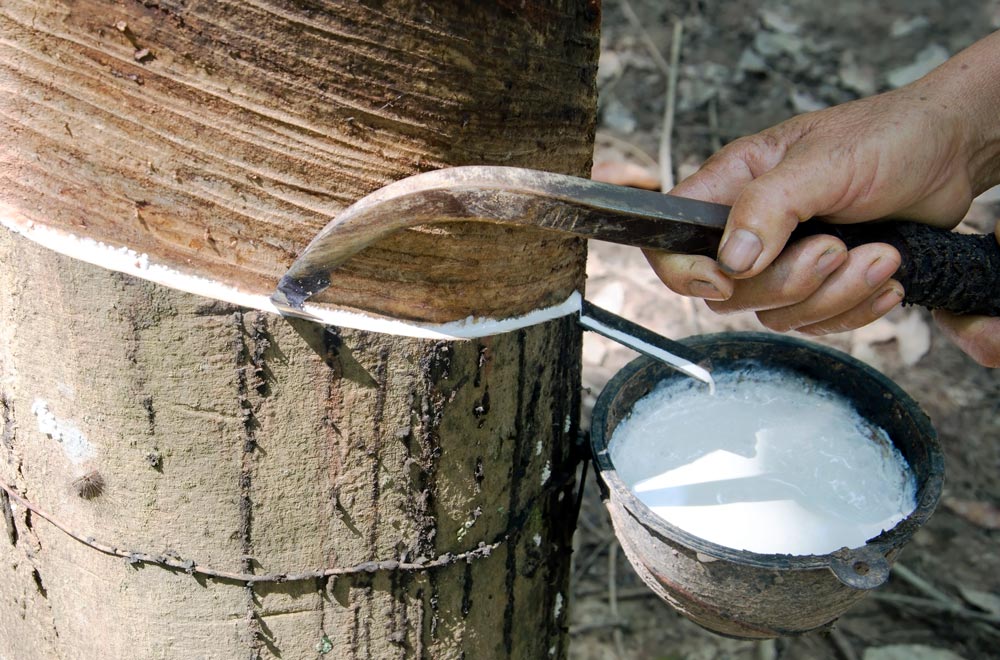Why Can't Natural Rubber Be Used to Make Products?
When it comes to the production of various everyday items, rubber plays a significant role. However, you might be surprised to learn that not all rubber is created equal. In this article, we'll explore the limitations of natural rubber and why it cannot be used for all products. We'll also delve into alternative materials, such as synthetic rubber, that have become crucial in modern manufacturing.

What is Natural Rubber?
Natural rubber, often simply referred to as rubber, is a remarkable substance derived from the latex sap of rubber trees. This versatile material has been used for centuries in various applications, from erasers to footwear. It is known for its elasticity and ability to recover its original shape after being stretched.
The Properties of Natural Rubber
Natural rubber possesses many desirable properties, such as high elasticity, tear resistance, and good insulation. These qualities make it ideal for use in products like tires, footwear, and various industrial applications.
Limitations of Natural Rubber
While natural rubber has its advantages, it also has several limitations. One of the primary drawbacks is its susceptibility to temperature changes. Natural rubber becomes brittle in cold temperatures and softens in the heat. This makes it unsuitable for products that need to withstand extreme environmental conditions.
The Need for Alternative Materials
The limitations of natural rubber have led to the search for alternative materials that can perform better in various applications. This is where synthetic rubber comes into play.
Synthetic Rubber as an Alternative
Synthetic rubber, as the name suggests, is man-made and offers greater control over its properties. It can be engineered to withstand a wide range of temperatures, making it suitable for products exposed to harsh weather conditions. Additionally, synthetic rubber is more durable, reducing the need for frequent replacements.
Advantages of Synthetic Rubber
The use of synthetic rubber in product manufacturing has several advantages. It enhances product longevity, reduces maintenance costs, and broadens the range of products that can be created. This adaptability has made synthetic rubber a preferred choice in industries such as automotive, aerospace, and construction.
Rubber in Product Manufacturing
Rubber is a fundamental component in the production of a wide array of products, from vehicle tires to medical devices. It is vital for creating airtight seals, cushioning, and insulation. The versatility of rubber is a key factor in the innovation of modern products.
Environmental Considerations
While synthetic rubber offers numerous advantages, it's essential to consider its environmental impact. The production of synthetic rubber can involve the use of petroleum-based materials, raising concerns about sustainability. In contrast, natural rubber, when sourced sustainably, can be a more environmentally friendly choice.
Conclusion
In conclusion, natural rubber, while having unique properties, is not suitable for all products due to its limitations, primarily its sensitivity to temperature changes. This has led to the adoption of synthetic rubber, which offers greater versatility and durability. However, it's crucial to balance these advantages with environmental considerations, as the choice of rubber material can impact sustainability.
409
0
0


Comments
All Comments (0)